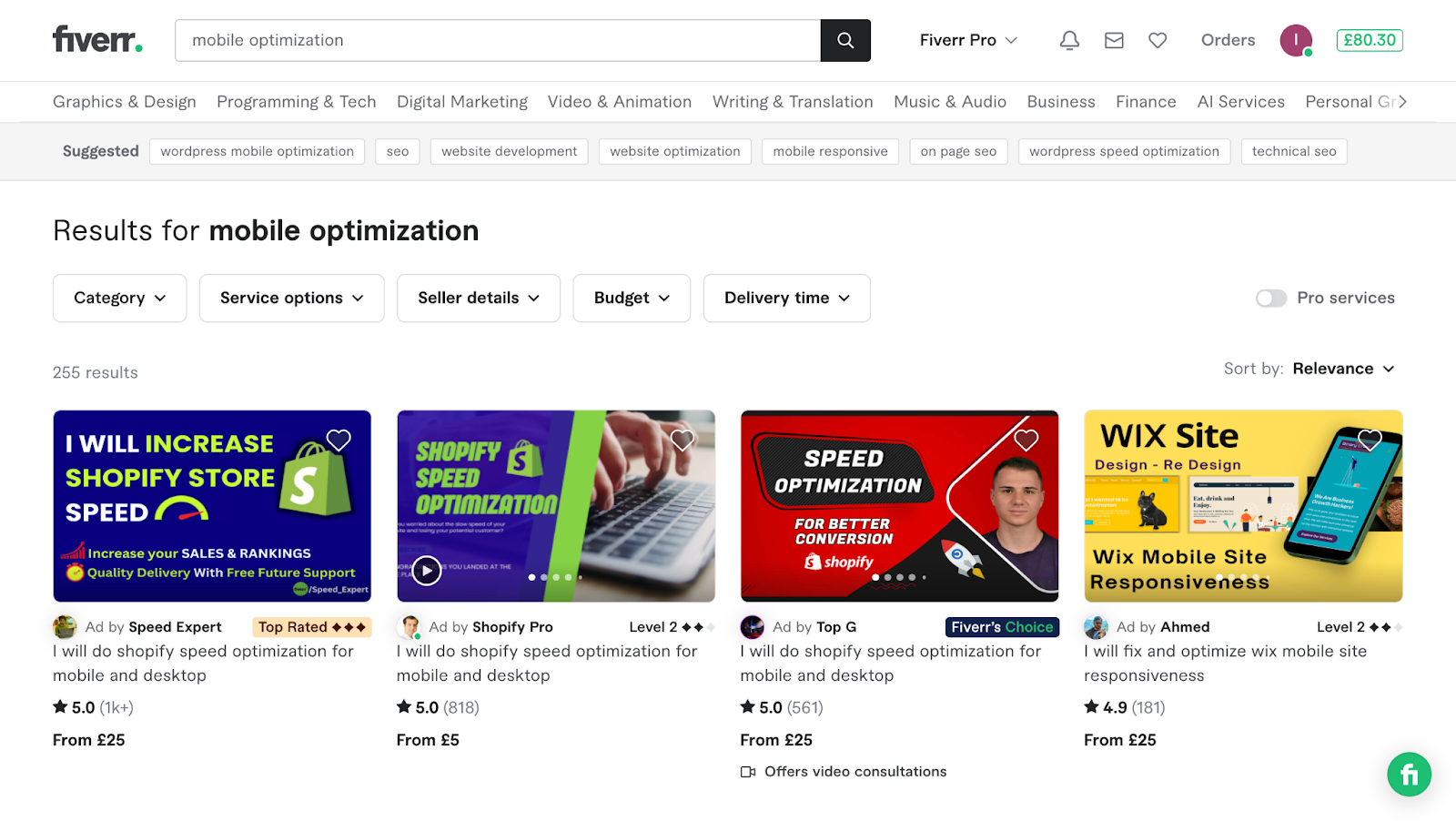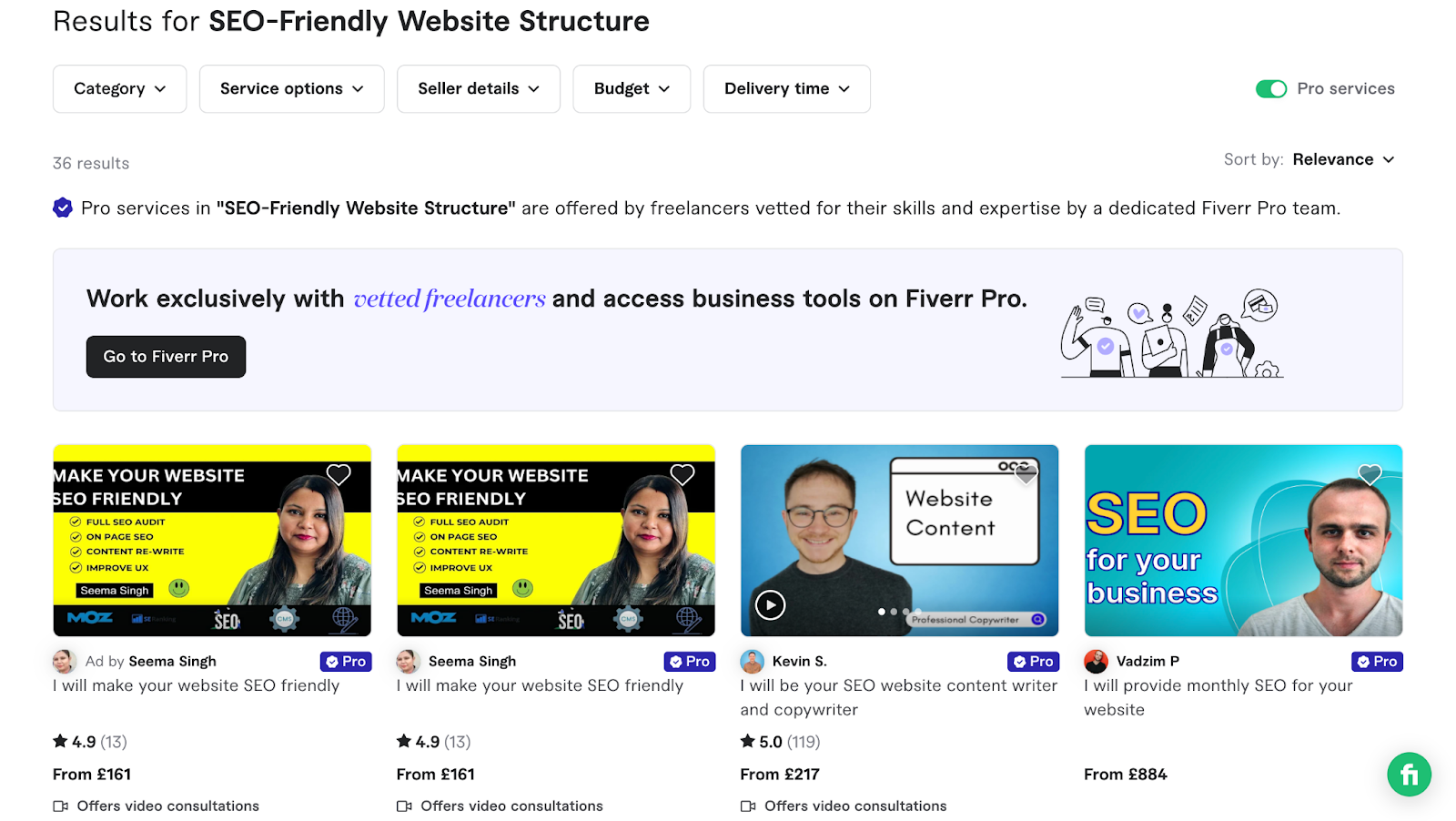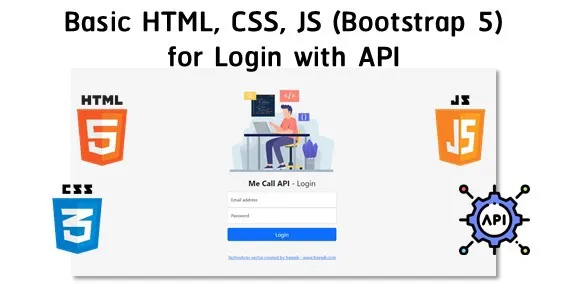After putting a lot of effort and resources into developing your website, it also needs to rank high on search engines like Google, which is where search engine optimization (SEO) comes in. SEO is non-negotiable if you want to get your website in front of the right people. For many web developers, SEO might seem like something best handled by marketing teams, but there are technical aspects of SEO that every developer should know, and they are just as important as writing clean, efficient code.
From optimizing page speed for faster load times to ensuring a seamless mobile experience and fine-tuning metadata for better search visibility, a developer is responsible for creating websites that aren’t just visually appealing but also highly discoverable. In this guide, we’ll break down the key SEO steps every developer needs to know to ensure the websites they build rank higher and perform better.
Why SEO Matters for Developers
Many developers may not realize that their choices directly impact a website’s SEO potential. Beyond keywords and content, SEO is also about the technical decisions made during website development. Search engines rely heavily on these technical elements to understand, crawl, and rank a site effectively.
Developers provide the structural foundation that enables search engines to access and evaluate a website’s content efficiently. Without this, even a beautifully designed site with excellent content may struggle to gain visibility.
As a business owner, web developer or contractor reading this, you and your developers must understand the importance of technical SEO. Doing so will set your website up for long-term success in search rankings, driving traffic and improving user engagement. Freelance services like Fiverr Pro make it easy to find vetted developers with a solid grasp of coding and technical SEO, or you can work directly with SEO specialists who can collaborate with your development team.
Let’s dive into the most important technical steps developers can take to enhance a website’s SEO, ensuring it ranks higher and delivers an optimal user experience.
Optimizing Page Speed for Better SEO
Optimizing page speed is not just about SEO — it’s about creating a smooth user experience that keeps visitors engaged. A fast-loading website encourages users to stay longer, leading to lower bounce rates and higher conversion potential.
You can use tools like Google PageSpeed Insights or GTmetrix to evaluate your site’s performance and identify areas for improvement. However, if you need additional support, Fiverr Pro offers skilled developers who specialize in page speed optimization.
Key strategies for developers include:
- Minimizing HTTP Requests: Each element on a page — images, scripts, stylesheets — requires an HTTP request. Reducing the number of elements can significantly decrease load times. Use CSS sprites to combine images or remove unnecessary plugins that add bloat.
- Optimizing Images: Large images can slow down page load times. Use formats like WebP for better compression without sacrificing quality. Implement responsive images with the
srcsetattribute to serve the correct image size based on the user’s device. - Leveraging Browser Caching: Browser caching stores elements of your site, so returning users don’t have to reload everything. Set expiration dates for static resources to improve load times for repeat visitors.
- Minifying CSS, JavaScript, and HTML: Remove unnecessary characters, comments, and whitespace from your code to reduce file sizes. Tools like UglifyJS for JavaScript and CSSNano for CSS can automate this process.
- Using a Content Delivery Network (CDN): A CDN stores copies of your site on servers worldwide, allowing users to access the site from the nearest location. This reduces latency, improving load times for global audiences.
Making Your Website Mobile-Friendly
With over 60% of web traffic coming from mobile devices, ensuring your website is mobile-friendly is a no-brainer. Search engines prioritize mobile responsiveness in their ranking algorithms, meaning that if your site isn’t optimized for mobile, you’re likely missing out on valuable traffic.
Creating a mobile-friendly website starts with adopting a responsive design approach. This means your site should automatically adjust its layout and content to fit various screen sizes and orientations. Here are key strategies to achieve mobile optimization:
- Optimize Navigation: Mobile users need intuitive navigation to easily access content. Use collapsible menus, larger buttons, and touch-friendly elements to enhance usability. A simple, streamlined navigation structure helps users find what they need without frustration.
- Prioritize Content: On smaller screens, less is often more. Prioritize the most important content and consider using shorter paragraphs, bullet points, and subheadings to improve readability. Ensure that critical information is accessible without excessive scrolling.
- Test and Optimize Loading Times: Mobile users expect fast-loading pages, so optimizing speed is crucial. Follow the same strategies you would for desktop optimization, such as minimizing file sizes, compressing images, and utilizing browser caching.
- Regularly Test for Mobile Usability: Utilize tools like Google’s Mobile-Friendly Test to check your site’s performance on mobile devices. Regular testing can help identify issues that may arise as you update or add content.
If mobile optimization feels daunting or you need help testing mobile usability, Fiverr has mobile optimization experts who can step in to refine your site for mobile performance.
Metadata and Meta Tags Optimization
Optimizing metadata and meta tags is a critical yet often overlooked aspect of SEO that can significantly impact how your website appears in search engine results. These elements provide search engines with essential information about your content, helping them understand its relevance and context. For developers, ensuring that metadata is well-structured and optimized is a straightforward way to enhance a site’s discoverability; for this, you might need to work side by side with an SEO specialist who can assist in fine-tuning your website’s metadata for better search performance.
Here are key components to focus on when optimizing metadata and meta tags:
- Title Tags: Title tags are one of the most important on-page SEO elements. It appears in search results as the clickable headline and should accurately reflect the page’s content. Aim for 50–60 characters and incorporate relevant keywords without keyword stuffing. A compelling title not only helps with SEO but also encourages users to click through.
- Header Tags: Use header tags (H1, H2, H3) to structure your content hierarchically. The H1 tag should be reserved for the main title of the page, while the H2 and H3 tags can be used for subsections. This helps search engines understand the content structure and improves readability for users.
- Image Alt Text: Alt text describes images for both users and search engines, providing context when images cannot be displayed. It’s also an opportunity to include relevant keywords. Aim for descriptive alt text that conveys the image’s purpose, enhancing accessibility and improving SEO.
- Canonical Tags: If you have duplicate content across different URLs, implementing canonical tags helps search engines understand which version to prioritize in search results. This prevents dilution of ranking signals and consolidates the authority of your content.
- Open Graph and Twitter Cards: If your website is shared on social media, utilizing Open Graph tags and Twitter Cards can enhance how your content appears on these platforms. These tags control the title, description, and image that display when someone shares your link, making your content more appealing in social feeds.
SEO-Friendly Website Structure
A well-organized site not only helps search engines crawl and index your content efficiently but also makes it easier for users to navigate and find what they need. As a developer, you have the power to implement a structure that supports both SEO best practices and a seamless user journey.
Here are essential components to consider when building an SEO-friendly website structure:
- Clear Hierarchical Organization: Structure your website with a logical hierarchy that reflects the relationships between pages. Start with a clear homepage that links to main category pages, which in turn link to subcategory pages and individual content. This tiered structure helps search engines understand the importance and relevance of each page.
- User-Friendly URLs: Crafting SEO-friendly URLs is crucial for both search engines and users. Use descriptive, concise URLs that include relevant keywords and avoid unnecessary parameters. For example, a URL like
www.example.com/seo-tipsis more effective thanwww.example.com/article12345. Clean URLs are easier to read, share, and remember. - XML Sitemap: An XML sitemap acts as a roadmap for search engines, listing all important pages on your site. This helps ensure that search engines can discover and index your content efficiently. Regularly update your sitemap and submit it to Google Search Console to inform search engines about your site’s structure.
- Robots.txt: The robots.txt file is used to control which pages search engine crawlers can access. By configuring this file properly, you can prevent search engines from crawling pages that don’t need to appear in search results, such as admin pages or duplicate content. Make sure to allow access to pages you want to be crawled and indexed, as blocking these in
robots.txtcan negatively impact SEO. - Internal Linking: Implementing a strategic internal linking structure is vital for SEO. Internal links guide users to related content and distribute authority throughout your site. Use descriptive anchor text to provide context and help search engines understand the topic of the linked page. This practice can improve page rankings and increase the time users spend on your site.
- 404 Pages and Redirects: Carefully handle broken links and missing pages. Implement custom 404 pages that guide users back to relevant content, and consider using 301 redirects for any moved or deleted pages. This improves user experience and preserves link equity, preventing potential ranking losses.
Suppose you need guidance or help to build an SEO-friendly structure from scratch. In that case, you can get access to experienced and vetted web developers with a solid foundation for user experience and search engines using Fiverr Pro.
Ongoing SEO Monitoring and Improvement
SEO is an ongoing process, and continuous monitoring is key. Here’s how developers can stay on top of it:
- Utilize Analytics Tools: Leverage tools like Google Analytics and Google Search Console to track your website’s performance. These platforms provide valuable insights into traffic sources, user behaviour, and search rankings. Regularly reviewing these metrics helps you understand what’s working, what isn’t, and where adjustments are needed.
- Conduct Regular SEO Audits: Perform comprehensive SEO audits periodically to assess your site’s health. Check for broken links, missing meta tags, slow loading times, and mobile usability issues. Addressing these elements proactively can prevent small problems from becoming significant obstacles to your site’s performance.
- Stay Informed on Algorithm Changes: Search engines like Google frequently update their algorithms to enhance search quality and user experience. Keep yourself informed about these changes and make improvements where necessary.
- Monitor Keyword Performance: Track the performance of your target keywords over time. Use tools like SEMrush or Ahrefs to analyze keyword rankings and identify new keywords that may provide opportunities for content expansion. Adjust your content strategy based on this data to ensure you’re targeting relevant terms that align with user intent.
- Gather User Feedback: Engage with users to gather feedback on their experience with your site. This can provide insights into potential improvements that may not be evident through analytics alone. Consider conducting surveys or usability tests to understand user needs better and refine your site accordingly.
You can also work with SEO experts who specialize in advanced SEO monitoring and can help you adjust your strategy when search engine algorithms change.
Wrapping Up
For web developers, understanding and implementing SEO best practices is key to building websites that are not only functional and visually appealing but also discoverable and competitive in search engine rankings.
As a developer or business, you can save time and money by taking advantage of the freelance economy and collaborating with vetted freelance experts in areas where you lack the experience or resources.








